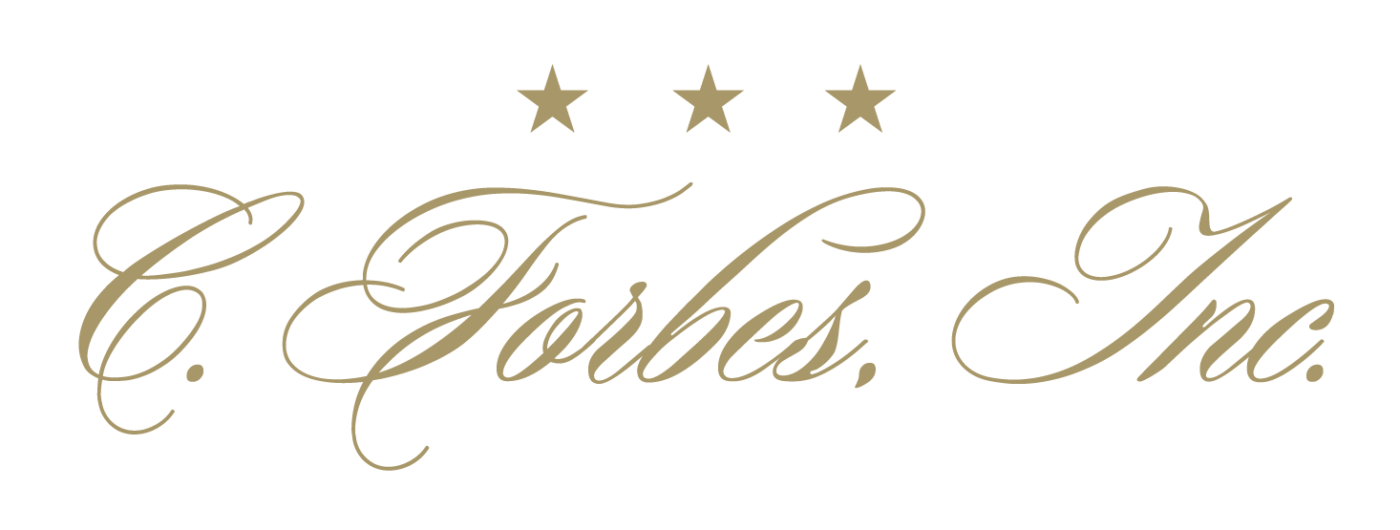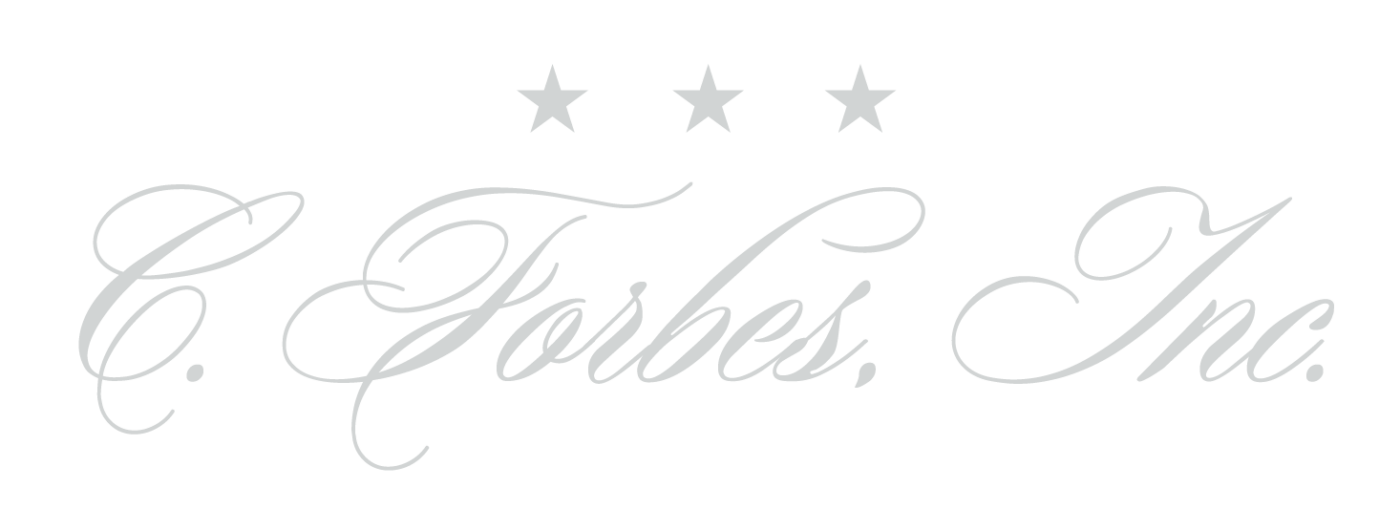The 138th annual Easter Egg Roll on the White House Lawn will be celebrated on Monday, March 28, 2016. By the mid-1800’s, the tradition of rolling eggs on the Monday after Easter was observed by many Washington families, including those of the President. Accounts vary as to its origins, but what is clear is that family festivities and all-day picnics initially took place, not on the White House Lawn, but on the lush, green hills surrounding the U.S. Capitol.
In 1876, Congress took notice of the activity and the toll it was taking. Funds were limited for landscaping and the Turf Protection Law was passed April 21, 1876, forbidding the Capitol grounds to be used as a playground. Torrential rains forced the event indoors in 1877. Thus, it was the first Easter of Rutherford B. Hayes’ administration in 1878 that the rules were to be enforced. Details vary, but the end result was President Hayes and his wife Lucy welcoming families to the South Lawn of the White House for the Easter Egg Roll. Since 1878, each administration has added its own unique touch to the festivities.
Near the end of the 1800’s, with an attendance of over 8000, children played “Egg Picking,” “Egg Ball,” “Toss and Catch,” and “Egg Croquet.” Fortunately, the eggs were hard boiled.
Presidential families love their pets. First Lady Grace Coolidge invited hers, Rebecca the raccoon, to the fun during the 1920’s.
 First Lady Lou Hoover instituted folk and maypole dances in 1929, but it has been speculated that the combination of stomping feet and hard boiled eggs kept the idea from catching on.
First Lady Lou Hoover instituted folk and maypole dances in 1929, but it has been speculated that the combination of stomping feet and hard boiled eggs kept the idea from catching on.
At her first Egg Roll in 1933, First Lady Eleanor Roosevelt greeted visitors and listeners alike for the first time over the radio, on a nationwide hookup.
During World War I, World War II, and the White House renovation of 1949-1952, the Easter Egg Roll was moved or cancelled. President Eisenhower reintroduced the tradition in 1953.
During the Nixon administration, two traditions began: in 1969, First Lady Pat Nixon invited a “special guest”- the White House Easter Bunny. A costumed staffer continues to make an appearance at the Opening Ceremony. In 1974, the most famous event of the modern Easter Egg Rolls originated: the egg-rolling race using spoons borrowed from the White House kitchen.
First Lady Betty Ford introduced Ukrainian egg decorating demonstrations and used plastic eggs for the egg roll.
The Carters brought in a petting zoo in 1977. First Lady Rosalynn Carter gave out 10,000 souvenir plastic eggs containing a welcome message.
First Lady Nancy Reagan introduced souvenir wooden Easter Eggs in 1981. “Egg hunt pits” were constructed, where children would search straw pits for wooden eggs autographed by well-known public figures.
President George H.W. Bush and First Lady Barbara Bush were the first to affix the signature of the President and First Lady to the commemorative eggs.
The 2016 White House Easter Egg Roll marks the final one of the Obama Administration. The theme of “Let’s Celebrate” is in honor of the First Lady’s Let’s Move! initiative, and will include the first-ever White House Fun Run. Designed for children aged 13 years and younger, the rolling of Easter Eggs on the South Lawn is accompanied by live entertainment, sports, interactive cooking demonstrations, and storytelling. A crowd of over 35,000 is expected.
 Graphic designer and blogger Joy Cho designed the Official 2016 White House Easter Egg, which includes a stamped signature of the President and First Lady. In addition, a special “Bo and Sunny” metallic, gold egg is included with the commemorative set. A sketched stamp of the First Family’s dogs appear on the front, with their “paw print” signatures on the back. Commemorative eggs are available for purchase from the National Park Foundation, which is the official charity of America’s national parks. The Easter Eggs are crafted from FSC-certified U.S. hardwood and are available in four custom colors.
Graphic designer and blogger Joy Cho designed the Official 2016 White House Easter Egg, which includes a stamped signature of the President and First Lady. In addition, a special “Bo and Sunny” metallic, gold egg is included with the commemorative set. A sketched stamp of the First Family’s dogs appear on the front, with their “paw print” signatures on the back. Commemorative eggs are available for purchase from the National Park Foundation, which is the official charity of America’s national parks. The Easter Eggs are crafted from FSC-certified U.S. hardwood and are available in four custom colors.
The size and scope of such an undertaking cannot be accomplished without corporate sponsors and donors. As a way to recognize and commemorate their efforts, C. Forbes, Inc. was proud to produce custom, limited edition presentation boxes for the White House Easter Eggs on several occasions during the George W. Bush administration. Initially, artists were asked to submit designs for the boxes. The White House calligrapher selected finalists and approached us to produce the boxes that were ultimately presented to sponsors and special guests. The boxes were not available for purchase. Eventually, the White House calligrapher became personally responsible for the box designs, and again in collaboration with C. Forbes, Inc., had the exclusive packaging in varying shapes and sizes produced.
What began as a simple gesture for local children and families has grown over more than a century to become the largest event held at The White House, with each successive year striving to showcase the best America has to offer. As Sheila Tate, First Lady Nancy Reagan’s press secretary once commented, “It’s a chance for kids in Washington to have the opportunity to actually walk in the White House gates and feel a sense of history. I don’t know what the White House gardeners think about it.”

